When working with nonprofit clients (especially charities with 501(c)(3) status), I recommend having two annual board retreats: a welcome retreat or orientation for new board members only, and a strategic and team-building retreat for the entire board.
The welcome retreat is a great way to acclimate new board members to their role so they can begin meaningfully participating at their first board meeting. There are two parts to this retreat: a binder, and a meeting (usually about 90 minutes).
The binder should contain:
A one-page summary of the history of the organization. Do not assume that a new volunteer already knows this.
Staff Organizational Chart (even if there’s only one person on staff). Also, if you are affiliated with a larger organization, but independent, include a chart for how that relationship functions too.
Board Roles and Responsibilities. While this article isn’t in bullet point format, it could easily be converted to a list — though it should also be customized to fit your organization. If your organization is not providing a list of board member responsibilities to each member, alarm bells should be ringing for you.
List of All Current Board Members, including their contact information. In an ideal world, their photo and a short bio too.
List of Board Committees, the Committee’s Purpose, and the Members of Each.
Upcoming Board Meetings and Organization Events. As much as possible, do not use board time to schedule routine meetings. There is never a day when everyone is already available, and the discussion will end up weighing which board member is more critical — not a great way to start a relationship. Instead, the executive committee and executive director should set the schedule, and can ask for input before hand.
Approved Budget for the Current Year.
Most Recent Monthly Financial Statement.
Copy of the Organization’s By-Laws.
Recent Board Meeting Minutes. As least one meeting, but no more than four.
Agenda for the First Board Meeting.
The binder should be distributed to new members in advance of the welcome retreat, as there will be opportunities for them to ask questions about its contents at the retreat.
The welcome retreat should be run by the chair of the board, the executive director, a fundraising committee lead, and possibly the treasurer. There are three main goals for the meeting: creating a sense of belonging and ownership in the new members, inspiring them with the organization’s mission and their place in it, and helping them understand their roles and responsibilities.
Here’s a suggested agenda for a welcome retreat:
Have everyone introduce themselves, why this organization is important to them, and what they think they are bringing to the organization. This is an activity for everyone present — not just new board members.
The executive director shares the vision and mission of the organization. Inspire the new members! Be sure to include why each new member was chosen for his or her role on the board, and what value they bring to the organization.
The Board Chair reviews the board member roles and responsibilities, and answers any questions about them.
The Treasurer reviews the financial documents to make sure everyone understands them and can give the financial oversight that is legally required of all board members. For smaller community-based nonprofits, some board members may not have seen a profit-loss statement until serving on your board.
Lastly, the Board Chair outlines the first board meeting agenda so that new members can preview any significant items to be discussed. This is also a great time to talk about the manner in which board meetings are managed (for example, do you follow Robert’s Rules? If so, how strictly?).
By the end of the welcome retreat, your new board members will feel confident in their ability to understand the issues presented at the first board meeting and to meaningfully contribute to the discussion.
Next week, we will talk about the all-board strategic and team-building retreats.


